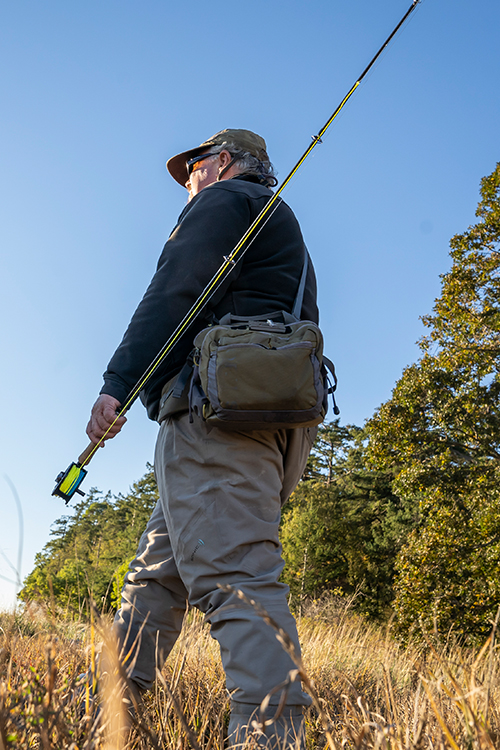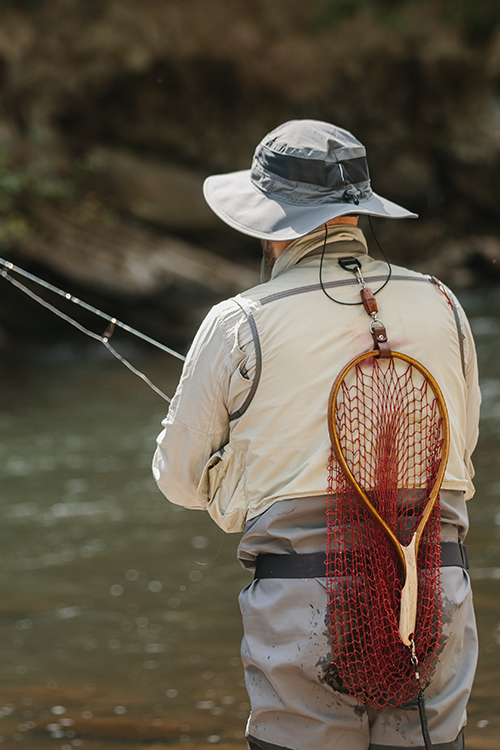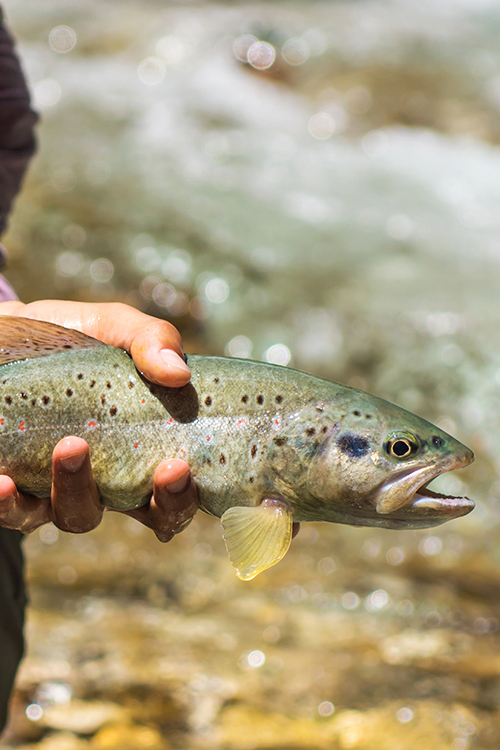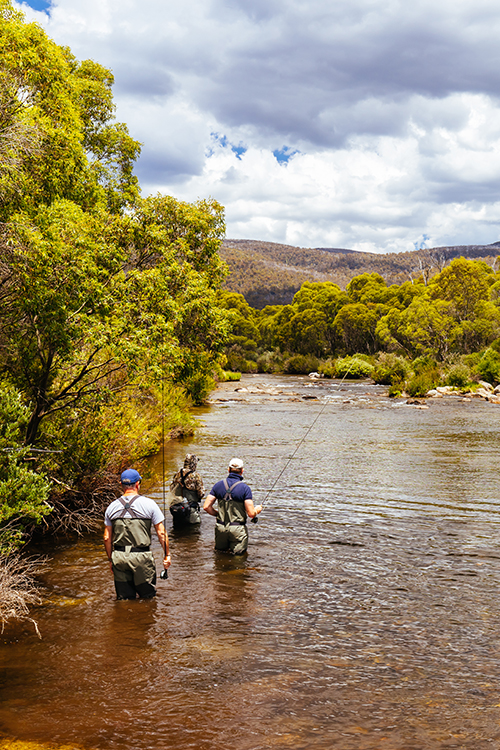Every stretch of river has its secrets, and Tennessee's waters write a narrative unlike any other. Anglers must read the environment and adapt like a pro adjusts to a new plot. If you're planning a guided fly fishing trip in Tennessee, you can’t just show up with your usual kit and call it a day. Let’s walk through exactly what you should bring on a guided fly fishing trip in Tennessee, so your next outing is successful.
Your Tennessee Fishing License & Trout Stamp
Before you even string up your fly rod, make sure your paperwork is in order. Tennessee fishing license requirements are strict, especially in designated trout waters. Most guided fly fishing trips will remind you in advance, but it’s on you to secure a fishing license and a trout stamp if you’re chasing rainbow, brown, or brook trout. Buy it online or at local outfitters—don’t leave it for the last minute or you’ll be up the creek without a license.
Dress for the Season, Pack for the Day
Tennessee’s weather swings harder than a smallie on a dry fly. Bring layers that you can shed or add as needed. Rain gear for fly fishing is non-negotiable. A lightweight rain jacket or full rain gear can save your day trip from becoming a wet regret. Summer mornings can start cool and turn scorching by noon. During spring and fall, expect unpredictable shifts, especially in higher elevations of the Great Smoky Mountains.



